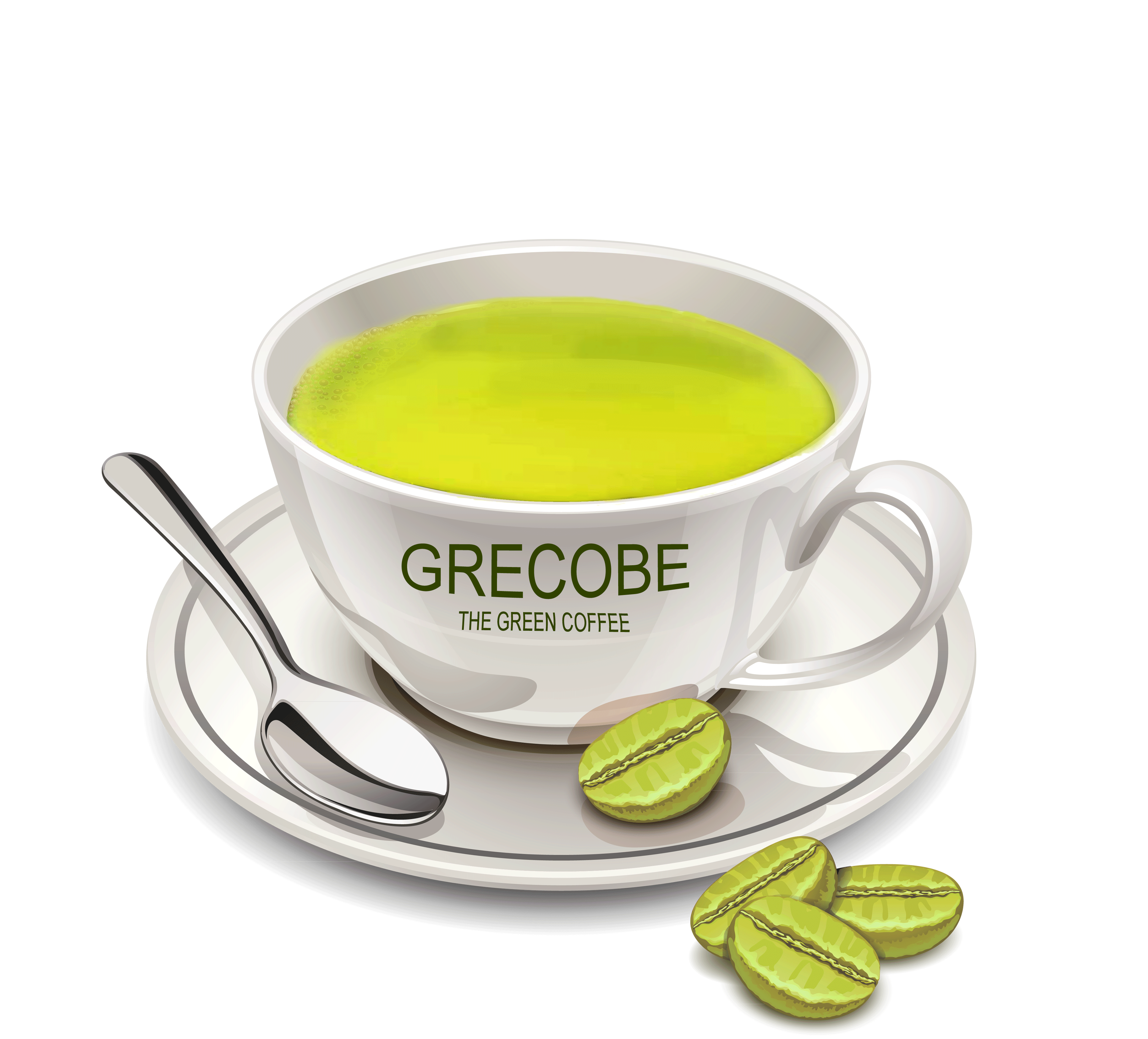Green coffee for weight loss gained momentum after being featured on “The Dr. Oz Show”.
Green coffee beans are unroasted coffee beans. Coffee beans contain active compounds, Chlorogenic Acids, which are generally destroyed if roasted at high temperatures. These compounds are touted to be great antioxidants, helpful in weight loss. Thus, green coffee and weight loss are one of the most searched for topics on the internet these days.
Green coffee is available in the market in the form of raw green coffee beans, green coffee beans powder as well as green coffee beans extract. Now the question arises as to which is the most effective and convenient for weight loss and how to use green coffee for weight loss.
Green coffee beans will have to pe processed by grinding, soaking and boiling for a few hours and even then it won’t be a concentrated dosage and there might be a risk of pesticides prevalent in the drink. Simply powdered green coffee beans are better than raw coffee beans in terms of convenience but again it’ll have to be consumed in larger quantities to actually get a dosage that works for your body.
Green coffee extract is the best form of consuming green coffee. This is in powdered form and has already gone the extraction process to extract Chlorogenic Acids and 5CQA, the active compounds in green coffee beans. It will be available in a convenient dosage form too, to get the maximum benefit out of a small quantity. Hence, green coffee beans extract for weight loss is the best way to utilise green coffee.
Green coffee has myriad benefits even though it is the most famous for its weight loss properties. It is an ultimate antioxidant and is a great immunity booster. Due to its antioxidant properties, it also is beneficial for your skin health. It helps in lowering blood pressure and also is considered to be beneficial for blood glucose in the body. It also decreases production of free radicals in the body and preserve natural antioxidants in the body.
Thus, green coffee is an ultimate health beverage or supplement.
The main question that is left to discuss here would be ‘is green coffee effective for weight loss’. The active compounds in green coffee help to burn both sugar and fat and also helps to maintain a healthy metabolism. It also helps in better absorption of sugar in the body and regulates your appetite too.
Many studies have been conducted showing the weight loss properties of green coffee in humans with negligible side effects. Of course the weight results can be better optimised with a healthy diet and exercise, but green coffee acts as a catalyst in your weight loss journey.
Grecobe-the Green Coffee is a pure green coffee beans extract available as instant green coffee in convenient sachets. It is a sachet full of health and happiness and has no known side effects.
The takeaway from this is that green coffee beans extract is famous for its weight loss properties but has many other health benefits in addition and should definitely be added to one’s lifestyle for better health.



 can be ofmany shapes, sizes, and chemical configurations. What they all have in common is aninsatiable appetite for electrons, stealing them from close-by substances that will surrender This electrons’stealing can completely change the “loser’s” structure or function. Free radicals can damage or change the instructions coded in a strand of DNA causing numerous diseases including cancer, cardiovascular diseases, diabetes, Alzheimer’s disease, Parkinson’s disease, and eye diseases such as cataract and age-related macular degeneration.
can be ofmany shapes, sizes, and chemical configurations. What they all have in common is aninsatiable appetite for electrons, stealing them from close-by substances that will surrender This electrons’stealing can completely change the “loser’s” structure or function. Free radicals can damage or change the instructions coded in a strand of DNA causing numerous diseases including cancer, cardiovascular diseases, diabetes, Alzheimer’s disease, Parkinson’s disease, and eye diseases such as cataract and age-related macular degeneration.


 in nuts and seeds make them great sources of antioxidants.
in nuts and seeds make them great sources of antioxidants.







 It has been found by the scientists that the occurrence of side effects from chemotherapeutic substances on the skin or on the hair can be prevented or significantly reduced when antioxidant agents or such substances which are known as radical scavengers are used during or subsequent to chemotherapy together with microparticles. Obviously, to ensure an effective protection or treatment it is necessary to neutralize the free radicals on the skin or scalp surface before they penetrate the skin from outside and are stored there over a long period of time causing the side effects.
It has been found by the scientists that the occurrence of side effects from chemotherapeutic substances on the skin or on the hair can be prevented or significantly reduced when antioxidant agents or such substances which are known as radical scavengers are used during or subsequent to chemotherapy together with microparticles. Obviously, to ensure an effective protection or treatment it is necessary to neutralize the free radicals on the skin or scalp surface before they penetrate the skin from outside and are stored there over a long period of time causing the side effects.


